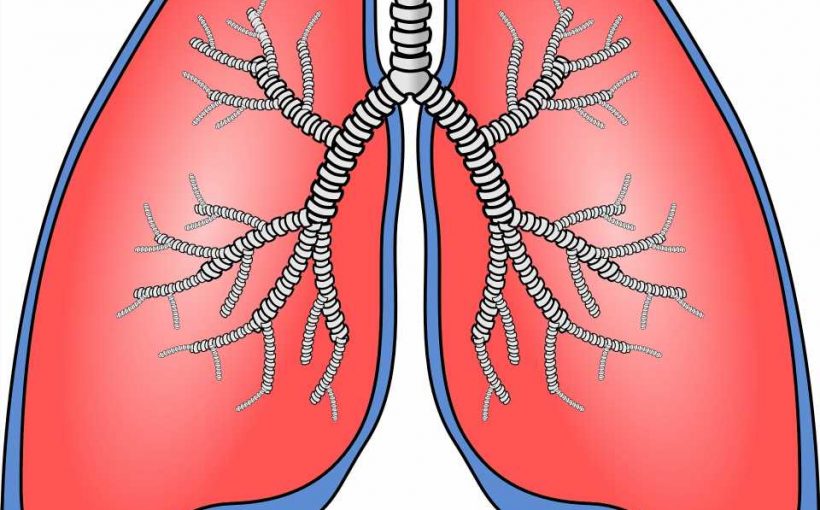
A new study led by researchers from the Barcelona Institute for Global Health (ISGlobal) has evaluated the link between air pollution and lung function of young adults who had recently attained their expected maximum lung function. The study, published in Environment International, found that participants with higher exposure to ambient and household air pollution had worse results in lung function tests.
Ambient (outdoor) air pollution comprising fine particulate matter like PM2.5 and household air pollution (HAP) caused by inefficient cooking methods using fuels like biomass, kerosene or coal, together cause up to 7 million premature deaths every year. Yet, there is limited data on the health effects of ambient air pollution from lower-middle-income countries, specifically on young adults following their lung peak growth. According to Otavio Ranzani, ISGlobal researcher and first author of the study, “there has been a lot of research on air pollution and its effects on the lung function of children. But this is one of the first studies looking at the population group of young adults in a low- and middle-income country setting.”
Data on 1,044 participants (within the age group of 20-26 years) were collected from the Andhra Pradesh Children and Parent Study (APCAPS) cohort (2010–2012), situated in 28 villages in the peri-urban area of Hyderabad city. The researchers measured lung function with: i) FEV1 (forced expiratory volume in the first second), an indicator for resistance of airflow through the respiratory tract while forced breathing; and ii) FVC (forced vital capacity), an indicator of lung capacity. Factors like sex, health behaviors, and socioeconomic factors were identified and adjusted during the analysis.
Results showed that household air pollution (measured by use of biomass fuel) was consistently associated with decreased lung function. This effect on lung function was especially prominent in participants who lived in households that used unvented biomass stoves. The average decrease of 142 ml in lung capacity due to household air pollution was magnified to 211 ml for those who used unvented biomass stoves. The analysis also revealed a link between ambient PM2.5 with decreased lung function, but these results were less conclusive. Overall, these findings suggest that reducing levels of exposure to ambient PM2.5 and household air pollution might be effective in improving lung function in adulthood.
Source: Read Full Article
